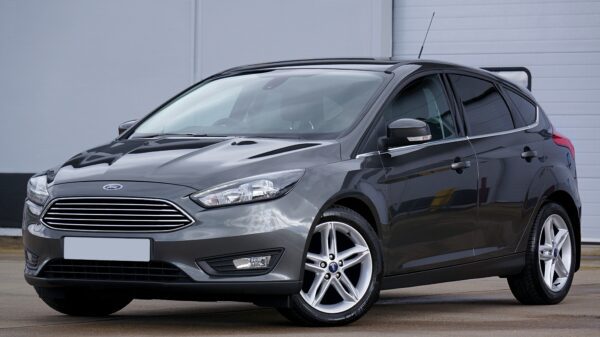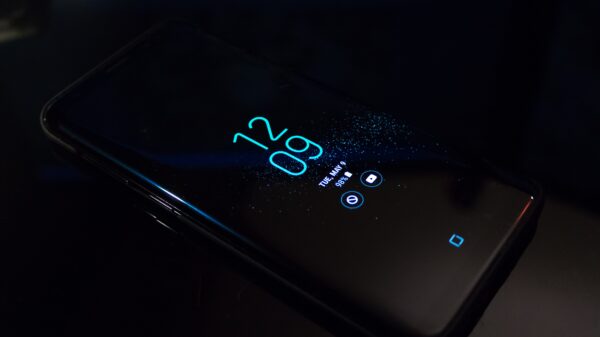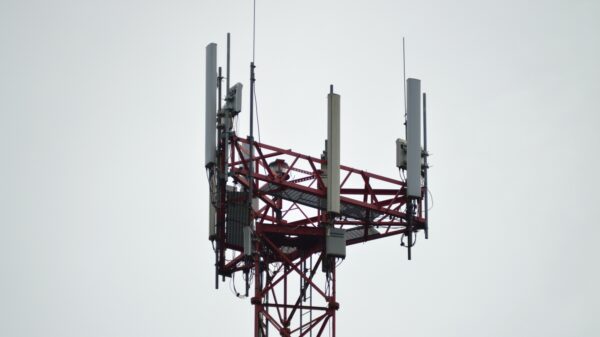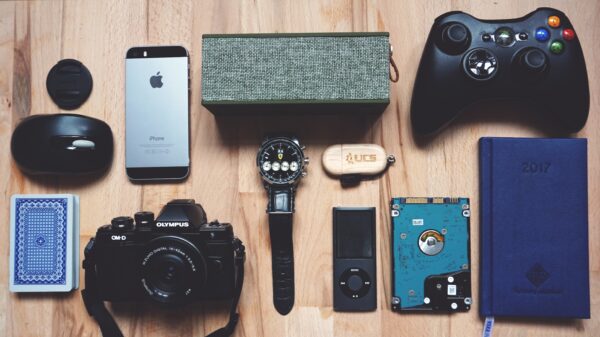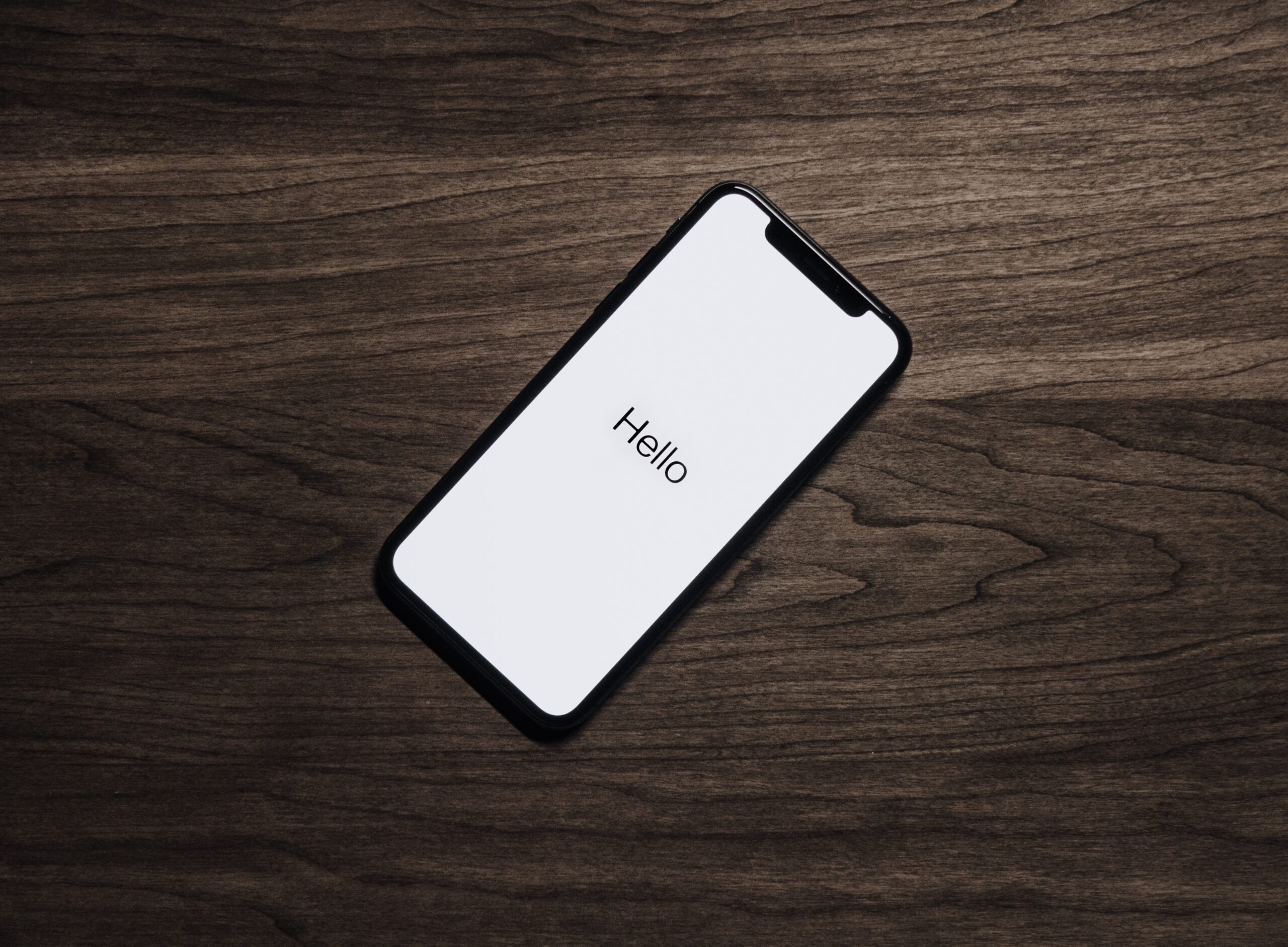The mobile technology market is a fast-changing, highly competitive one. Smartphones have become almost ubiquitous in the developed world, and we’re now seeing some of the same trends in developing markets. Add to the mix the fact that most people are locked into two-year contracts with their carriers, and it’s little wonder that people aren’t sure which smartphone to buy when their contract ends. If you’re thinking about buying your first smartphone or want to upgrade to something better, then this guide will be perfect for you.
Settle on A Brand
You can go with a brand like Apple or Samsung, or you can go with one of their many competitors. Like any purchase, you’ll want to do some research before committing to a specific brand. Check how long each brand has been on the market, their quality control, and what kinds of phones they typically offer before you make your choice.
Look at The Price Range
This is one of the most important factors to consider when buying a new smartphone. The price range will dictate which brands of phones you’re going to be able to afford, as well as which features you’re going to be able to get. It’s also important to note that certain companies tend to specialize in certain price points.
Consider the Size
Before you buy a phone, you have to know what size screen you want. There are different sizes for smartphones — 4-inches, 5-inches, and phablets with screens that measure 6-inches or more. A “standard” sized smartphone could measure a little over 5 inches, but many users want a larger display so they can see more of their apps without zooming in as much as they do on their smaller counterparts.
Pick an Operating System
This is the first decision you will have to make. The two major operating systems are Android and iOS. Both offer their own respective app stores, where you can download apps and games for your phone. If you’ve used an iPhone before and want to stick with Apple’s ecosystem, then you should obviously go with an iPhone again. However, if you want more flexibility in terms of features and price points, then Android is the way to go. Windows phones are pretty unpopular and don’t offer nearly as many apps as Android or iOS do. Microsoft has been trying to make it better, but Windows Phone still lags behind both its rivals regarding app support and availability.

